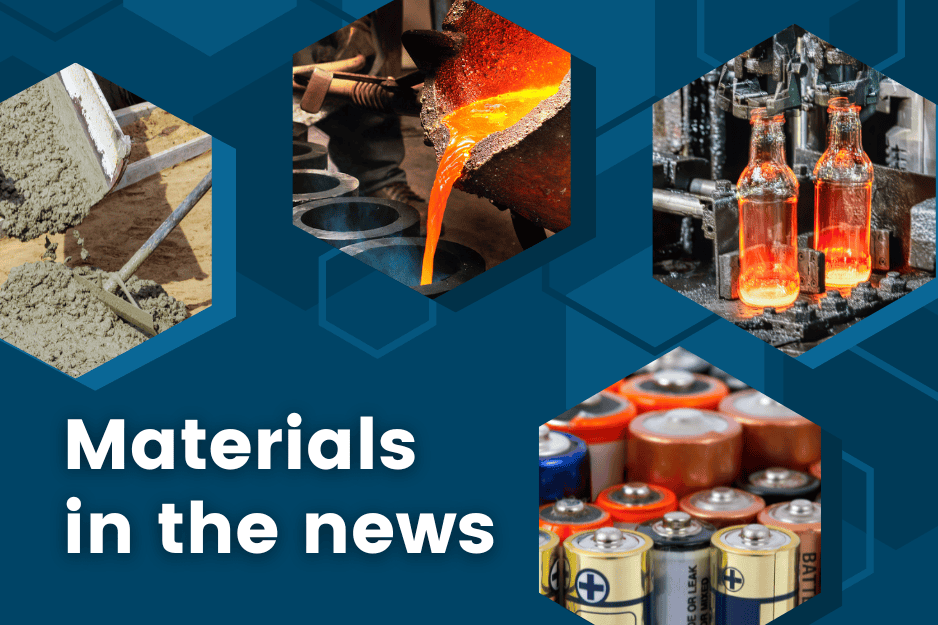
[Image above] Credit: ACerS
ENERGY
Graphene enhances lithium detection
International Iberian Nanotechnology Laboratory researchers showed that incorporating graphene into solid-contact electrodes highly improves lithium detection. These findings can guide the design of new potentiometric sensors.
Global efficiency record for large triple-junction perovskite solar cell
Researchers led by the University of Sydney created the largest and most efficient triple-junction perovskite–perovskite–silicon tandem solar cell reported. The team’s 16 cm2 triple-junction cell achieved an independently certified steady-state power conversion efficiency of 23.3%.
Ceramic material harvests electricity from waste energy
Researchers at The Pennsylvania State University improved the structure and chemistry of a piezoelectric material made of potassium sodium niobate for energy harvesting applications.
Amid renewable-energy boom, study explores options for electricity market
A recent study overviewed 11 electricity market design proposals under consideration by grid operators. The proposals, yet to be tested in the market, range from a modest variation on current market designs to a complete overhaul. Among the study’s conclusions, the current organization of regulatory oversight makes it more difficult to incorporate clean-energy policy.
ENVIRONMENT
Magnetic carbon materials remove toxic pollutants from wastewater
Dalhousie University researchers developed a simple and eco-friendly method to turn agricultural and forestry waste into powerful magnetic carbon materials that can effectively remove toxic chemicals from water.
Dirty water boosts prospects for clean hydrogen
Wastewater can replace clean water as a source for hydrogen, eliminating a major drawback to hydrogen fuel and reducing water treatment costs of hydrogen production by up to 47%, according to Princeton University researchers.
OTHER STORIES
Physicists peer inside an atom’s nucleus with new molecule-based method
Massachusetts Institute of Technology physicists developed a new way to probe inside an atom’s nucleus, using the atom’s own electrons as “messengers” within a molecule. Typically, experiments to probe the inside of atomic nuclei involve massive, kilometers-long facilities. The team’s new molecule-based method offers a table-top alternative.
Minimal pixels achieve the highest possible resolution visible to the human eye
Researchers from Chalmers University of Technology, the University of Gothenburg, and Uppsala University developed a screen with the smallest pixels ever and the highest resolution possible for the human eye to perceive. The pixels reproduce colors using tungsten oxide nanoparticles with electrically tunable optical properties.
Author
Lisa McDonald
CTT Categories
- Weekly Column: “Other materials”
Related Posts
Other materials stories that may be of interest for November 19, 2025
November 19, 2025
Other materials stories that may be of interest for November 12, 2025
November 12, 2025
Other materials stories that may be of interest for October 29, 2025
October 29, 2025